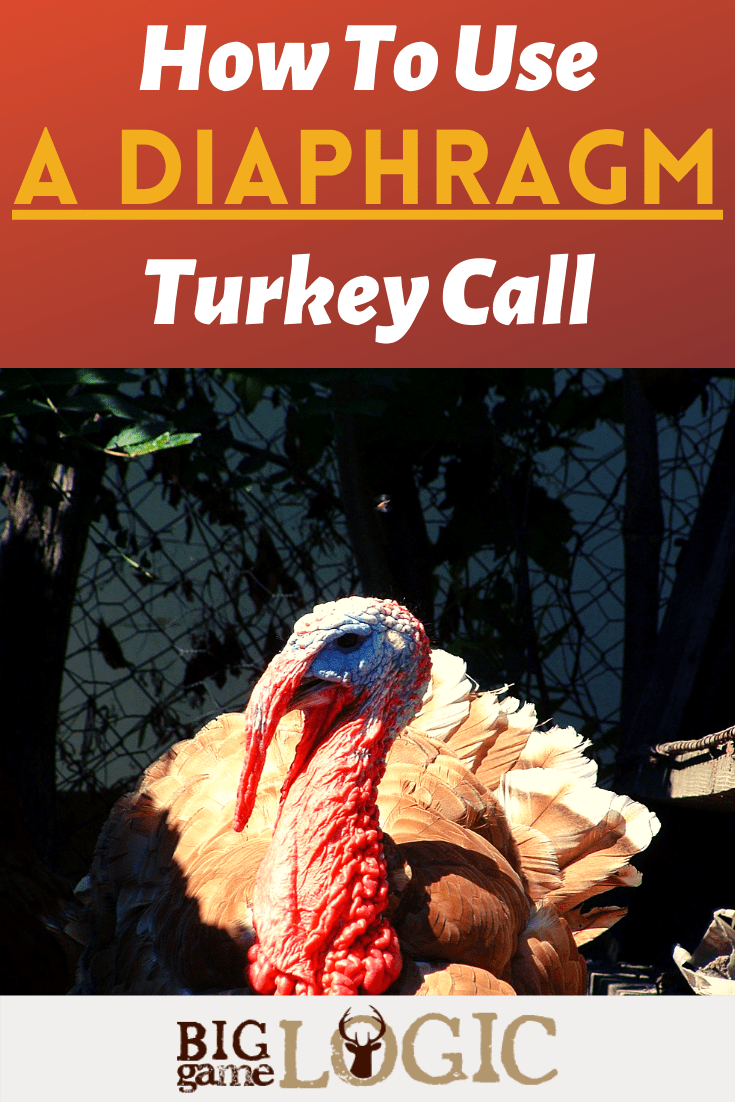Big Game Logic is reader-supported. When you buy through links on our site, we may earn an affiliate commission.
Using diaphragm calls, also called mouth calls, for turkey hunting can be one of the most challenging things for aspiring turkey hunters to learn. Many just give up and decide to use a different type of call. Box calls, slate calls, and even the push button calls are capable of fooling even the wariest of gobblers. However, diaphragm calls hold one big advantage, they are hands free. This is important since any movement can get you spotted by a turkey and it’s impossible to fire a shotgun well with one hand.
Buy a Call
The first step is buying the right call. Single reed and double reed calls are typically the easiest to learn. You can usually buy a set of two or three of them for about $10. The first thing I like to do is soften it up a bit by just moving it around in my mouth. The big thing here is getting over the gag reflex. You are putting something foreign in your mouth and the impulse is to get it out. Sometimes it takes a while to get used to having the call in your mouth.
Practice
Once you get comfortable, position the call on the roof of your mouth with the curved end toward your throat and the straight end toward your lips. The idea is to get all the air to flow between your tongue and the call, with no leakage around the sides or roof of your mouth. From there, exhale forcefully while saying the word “hot”. You want to put emphasis on the “H”. This should produce a sound comparable to stepping on a cat’s tail. The important thing is that you are learning to create and control the sound you make.
Types of Turkey Sounds
The most common turkey sound callers use is a yelp. A yelp is a two note call with the first note being the “hot” squeal and the second note made by opening your mouth while exhaling. I like to say “chalk” on the second note as a way to force my tongue off the call. This sequences a high note with a low note. As you practice this, focus on speeding up your cadence. It won’t sound like much at the beginning, but once you learn how to do it quickly, you will begin sounding like a turkey.
The cluck is another common turkey sound and it’s pretty simple to make. Say the word “putt” with your mouth open but your teeth locked. A cut is simply a series of clucks.
Once you master one call, try using others. There are hundreds of mouth calls on the market and each will have varying sounds and tones. Some are a little different to use but they all require the same fundamentals. Once you learn one, the rest are pretty simple to figure out. It will take some practice and frustration to get started, but learning these calls can make your turkey hunting more productive and enjoyable.
Share to Pinterest



